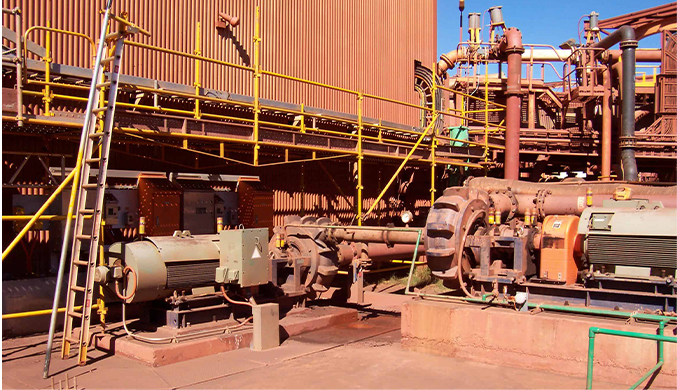English
- Afrikaans
- Albanian
- Amharic
- Arabic
- Armenian
- Azerbaijani
- Basque
- Belarusian
- Bengali
- Bosnian
- Bulgarian
- Catalan
- Cebuano
- Corsican
- Croatian
- Czech
- Danish
- Dutch
- English
- Esperanto
- Estonian
- Finnish
- French
- Frisian
- Galician
- Georgian
- German
- Greek
- Gujarati
- Haitian Creole
- hausa
- hawaiian
- Hebrew
- Hindi
- Miao
- Hungarian
- Icelandic
- igbo
- Indonesian
- irish
- Italian
- Japanese
- Javanese
- Kannada
- kazakh
- Khmer
- Rwandese
- Korean
- Kurdish
- Kyrgyz
- Lao
- Latin
- Latvian
- Lithuanian
- Luxembourgish
- Macedonian
- Malgashi
- Malay
- Malayalam
- Maltese
- Maori
- Marathi
- Mongolian
- Myanmar
- Nepali
- Norwegian
- Norwegian
- Occitan
- Pashto
- Persian
- Polish
- Portuguese
- Punjabi
- Romanian
- Russian
- Samoan
- Scottish Gaelic
- Serbian
- Sesotho
- Shona
- Sindhi
- Sinhala
- Slovak
- Slovenian
- Somali
- Spanish
- Sundanese
- Swahili
- Swedish
- Tagalog
- Tajik
- Tamil
- Tatar
- Telugu
- Thai
- Turkish
- Turkmen
- Ukrainian
- Urdu
- Uighur
- Uzbek
- Vietnamese
- Welsh
- Bantu
- Yiddish
- Yoruba
- Zulu
Telephone: +86 13120555503
Email: frank@cypump.com
Oct . 19, 2024 05:59 Back to list
Understanding Sewage Pump Systems for Efficient Wastewater Management Solutions
Understanding Sewage Pump Systems A Vital Component of Wastewater Management
Sewage pump systems play a crucial role in managing wastewater by transporting sewage and other effluents from lower-lying areas to higher elevations or directly to wastewater treatment facilities. These systems are essential for both residential and commercial properties, particularly those situated in regions where gravity drainage is not feasible. Understanding how sewage pump systems work, their types, components, and maintenance requirements is vital for ensuring efficient and effective wastewater management.
The Importance of Sewage Pump Systems
Sewage pump systems are designed to handle wastewater that flows from bathrooms, kitchens, and other domestic areas. Without proper pumping systems, sewage would accumulate, leading to unsanitary conditions and potential health hazards. Correctly designed and installed sewage pump systems facilitate the safe and effective removal of wastewater, protecting the environment and public health.
In urban areas, the increasing density of buildings and infrastructure often leads to complex drainage issues. In these situations, sewage pump systems become indispensable. They ensure that wastewater flows smoothly through the drainage network, even when gravity alone cannot achieve this due to elevation differences.
Types of Sewage Pumps
There are primarily two types of sewage pumps used in these systems swirl pumps and grinder pumps.
1. Swirl Pumps These pumps are designed to handle sewage with relatively low solids content. They are often used in residential applications where the waste is primarily liquid. Swirl pumps function by creating a vortex that draws the sewage into the pump, allowing it to be transported to the treatment facilities efficiently.
2. Grinder Pumps These pumps are essential for handling sewage that contains larger solids and fibrous materials. Grinder pumps have rotating blades that chop up the solids into smaller pieces before pumping them out. They are commonly used in areas where the wastewater contains a significant amount of debris, making them ideal for both residential and industrial applications.
Key Components of Sewage Pump Systems
sewage pump systems

A typical sewage pump system consists of several key components that work together to ensure effective operation
- Pump The heart of the system, it transfers wastewater from the collection basin to the treatment facility. - Control Panel This electronic device monitors the pump's operation and can automatically start or stop the pump based on the water level in the basin. - Float Switches These devices detect water levels in the basin and activate the pump when the sewage level rises above a certain threshold. - Discharge Pipe This pipe carries the pumped sewage away from the basin, directing it towards treatment facilities or a sewer line. - Check Valve This prevents backflow of sewage into the basin when the pump is not in operation.
Maintenance and Care
To ensure the longevity and efficiency of a sewage pump system, regular maintenance is essential. Here are some important maintenance tips
1. Regular Inspections Periodically check the pump, control panel, and float switches for signs of wear or malfunction. Any unusual noises or vibrations may indicate a problem that requires immediate attention.
2. Cleaning Remove any debris from the pump’s basin and inspect the inlet and discharge pipes. Clogging can lead to pump failure and should be addressed promptly.
3. Professional Servicing Schedule professional servicing at least once a year. Experts can provide comprehensive maintenance that includes inspections, repairs, and replacements of worn components.
4. Monitoring System Performance Keep an eye on the system’s performance, including flow rates and energy consumption. Significant changes may indicate a need for further investigation.
Conclusion
Sewage pump systems are an indispensable aspect of modern wastewater management, especially in areas where traditional gravity drainage is insufficient. By understanding their importance, types, components, and maintenance practices, property owners and managers can ensure the efficient operation of these systems. Proper care and attention to sewage pump systems not only prevent costly repairs but also contribute to the protection of public health and the environment. With the right knowledge and resources, individuals can help ensure that their sewage pump systems function seamlessly for years to come.
-
Horizontal Split Case Pump with GPT-4 Turbo | High Efficiency
NewsAug.01,2025
-
ISG Series Pipeline Pump - Chi Yuan Pumps | High Efficiency, Durable Design
NewsAug.01,2025
-
Advanced Flue Gas Desulfurization Pump with GPT-4 Turbo | Durable & Efficient
NewsJul.31,2025
-
ISG Series Vertical Pipeline Pump - Chi Yuan Pumps | Advanced Hydraulic Design&Durable Construction
NewsJul.31,2025
-
ISG Series Vertical Pipeline Pump - Chi Yuan Pumps | Energy Efficient & Low Noise
NewsJul.31,2025
-
pipeline pump - Chi Yuan Pumps Co., LTD.|High Efficiency&Low Noise
NewsJul.31,2025










